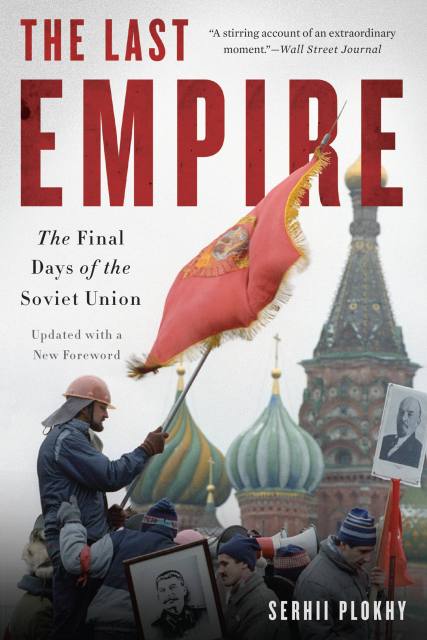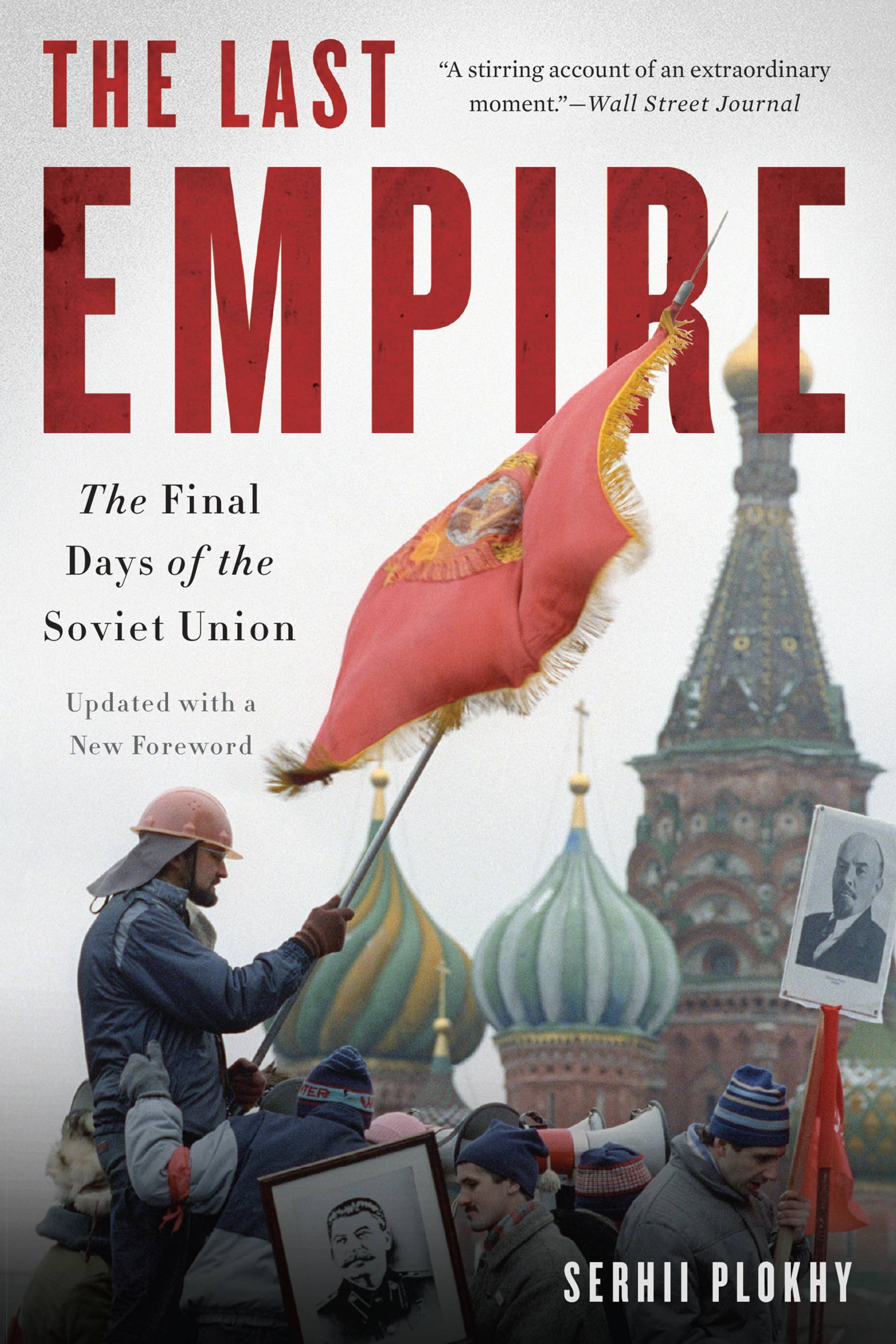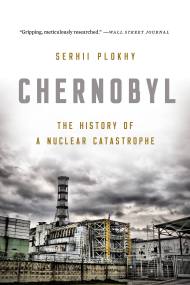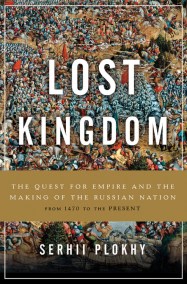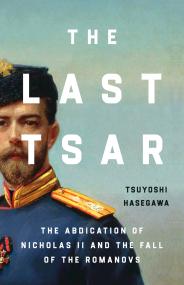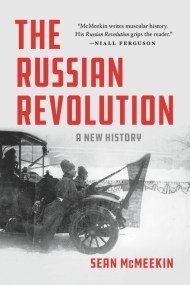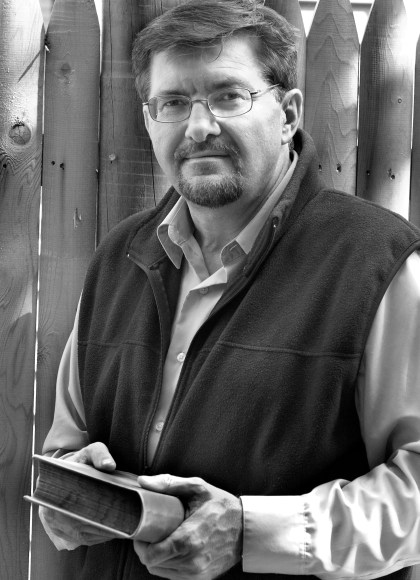Promotion
Use code BEST25 for 25% off storewide. Make sure to order by 11:59am, 12/12 for holiday delivery!
By clicking “Accept,” you agree to the use of cookies and similar technologies on your device as set forth in our Cookie Policy and our Privacy Policy. Please note that certain cookies are essential for this website to function properly and do not require user consent to be deployed.
The Last Empire
The Final Days of the Soviet Union
Contributors
Formats and Prices
- On Sale
- Sep 8, 2015
- Page Count
- 544 pages
- Publisher
- Basic Books
- ISBN-13
- 9780465097920
Price
$18.99Price
$24.99 CADFormat
Format:
- ebook $18.99 $24.99 CAD
- Trade Paperback $19.99 $24.99 CAD
This item is a preorder. Your payment method will be charged immediately, and the product is expected to ship on or around September 8, 2015. This date is subject to change due to shipping delays beyond our control.
Buy from Other Retailers:
On Christmas Day, 1991, President George H. W. Bush addressed the nation to declare an American victory in the Cold War: earlier that day Mikhail Gorbachev had resigned as the first and last Soviet president. The enshrining of that narrative, one in which the end of the Cold War was linked to the disintegration of the Soviet Union and the triumph of democratic values over communism, took center stage in American public discourse immediately after Bush's speech and has persisted for decades — with disastrous consequences for American standing in the world.
As prize-winning historian Serhii Plokhy reveals in The Last Empire, the collapse of the Soviet Union was anything but the handiwork of the United States. Bush, in fact, was firmly committed to supporting Gorbachev as he attempted to hold together the USSR in the face of growing independence movements in its republics. Drawing on recently declassified documents and original interviews with key participants, Plokhy presents a bold new interpretation of the Soviet Union's final months, providing invaluable insight into the origins of the current Russian-Ukrainian conflict and the outset of the most dangerous crisis in East-West relations since the end of the Cold War.
Winner of the Lionel Gelber Prize
Winner of the Pushkin House Russian Book Prize
Choice Outstanding Academic Title
BBC History Magazine Best History Book of the Year
Newsletter Signup
By clicking ‘Sign Up,’ I acknowledge that I have read and agree to Hachette Book Group’s Privacy Policy and Terms of Use
